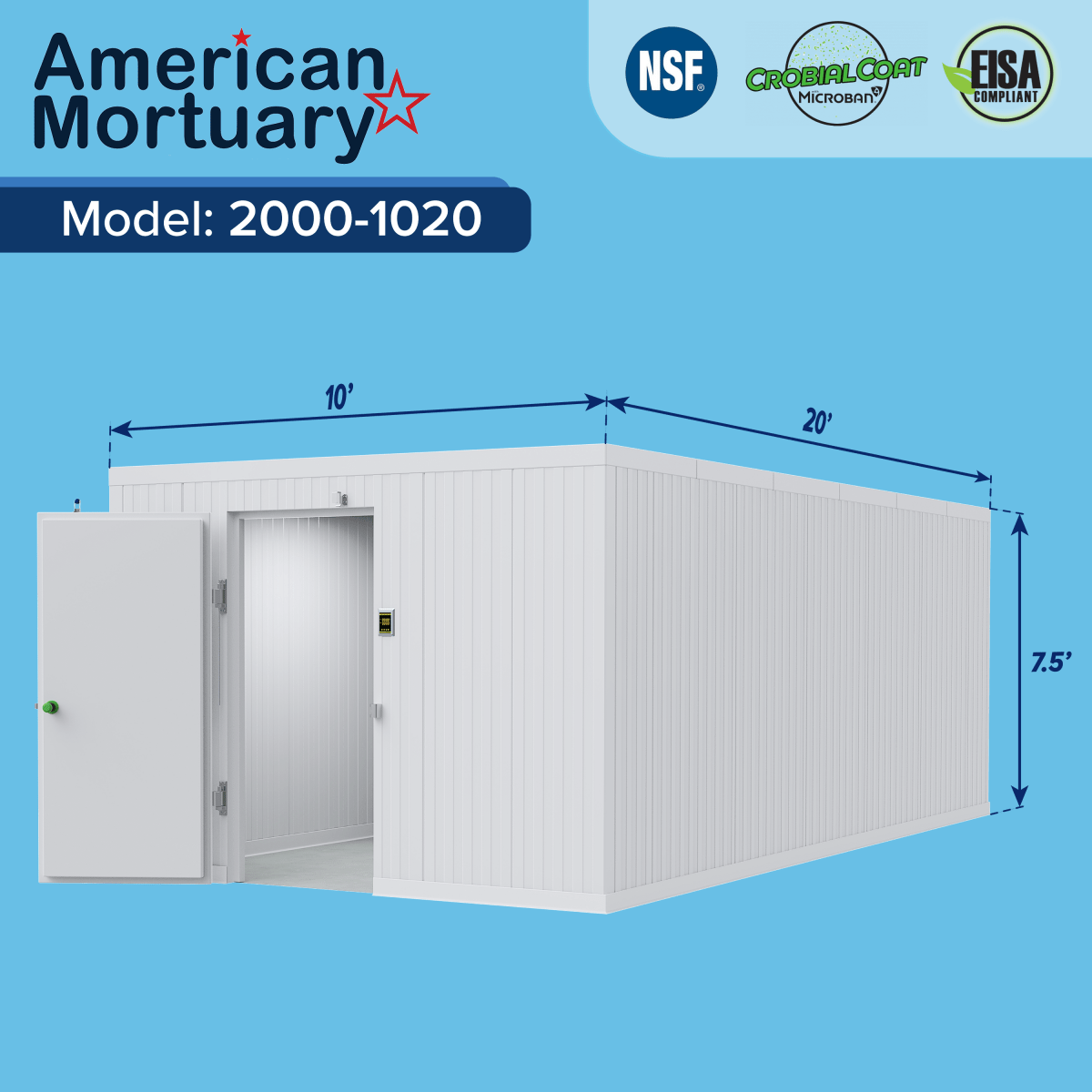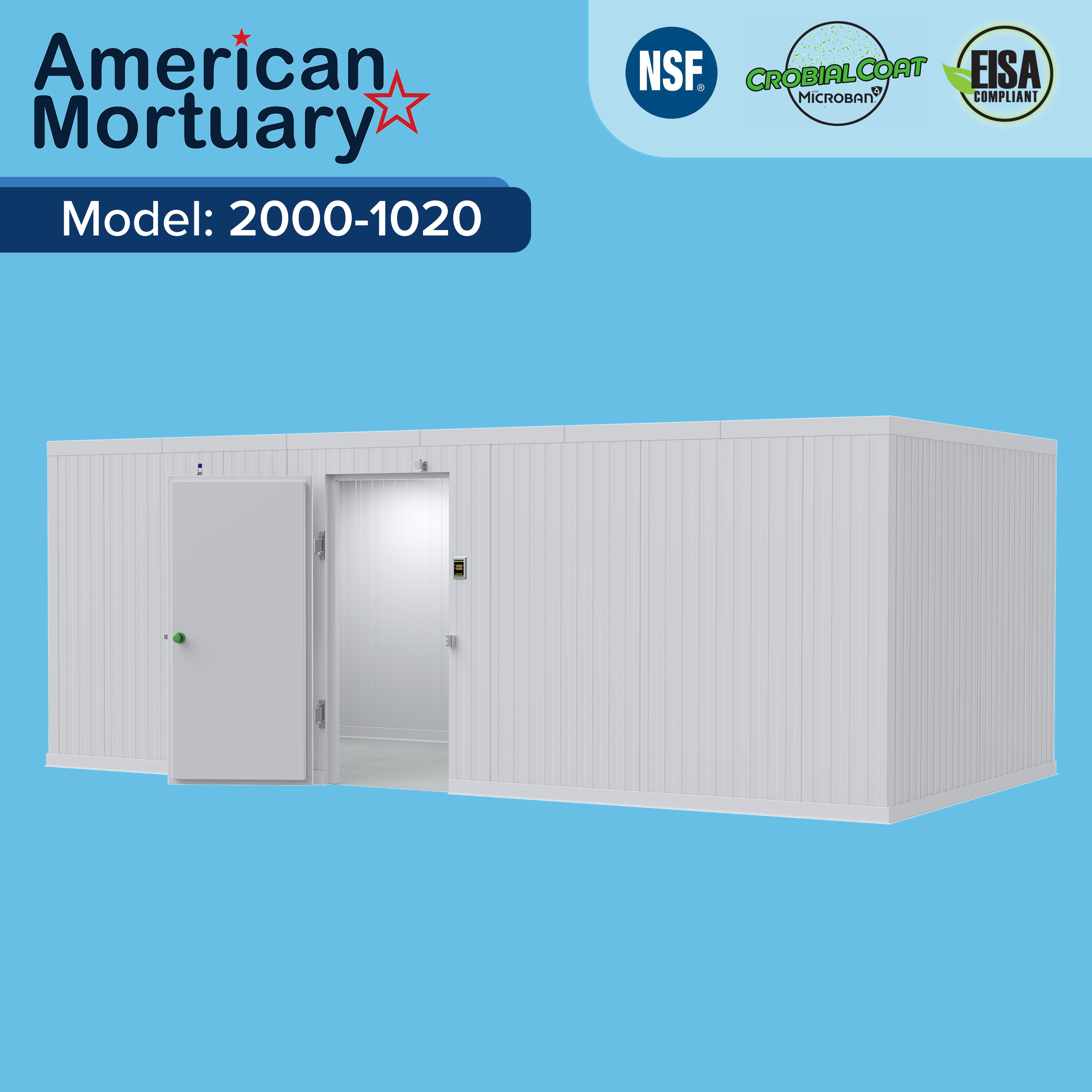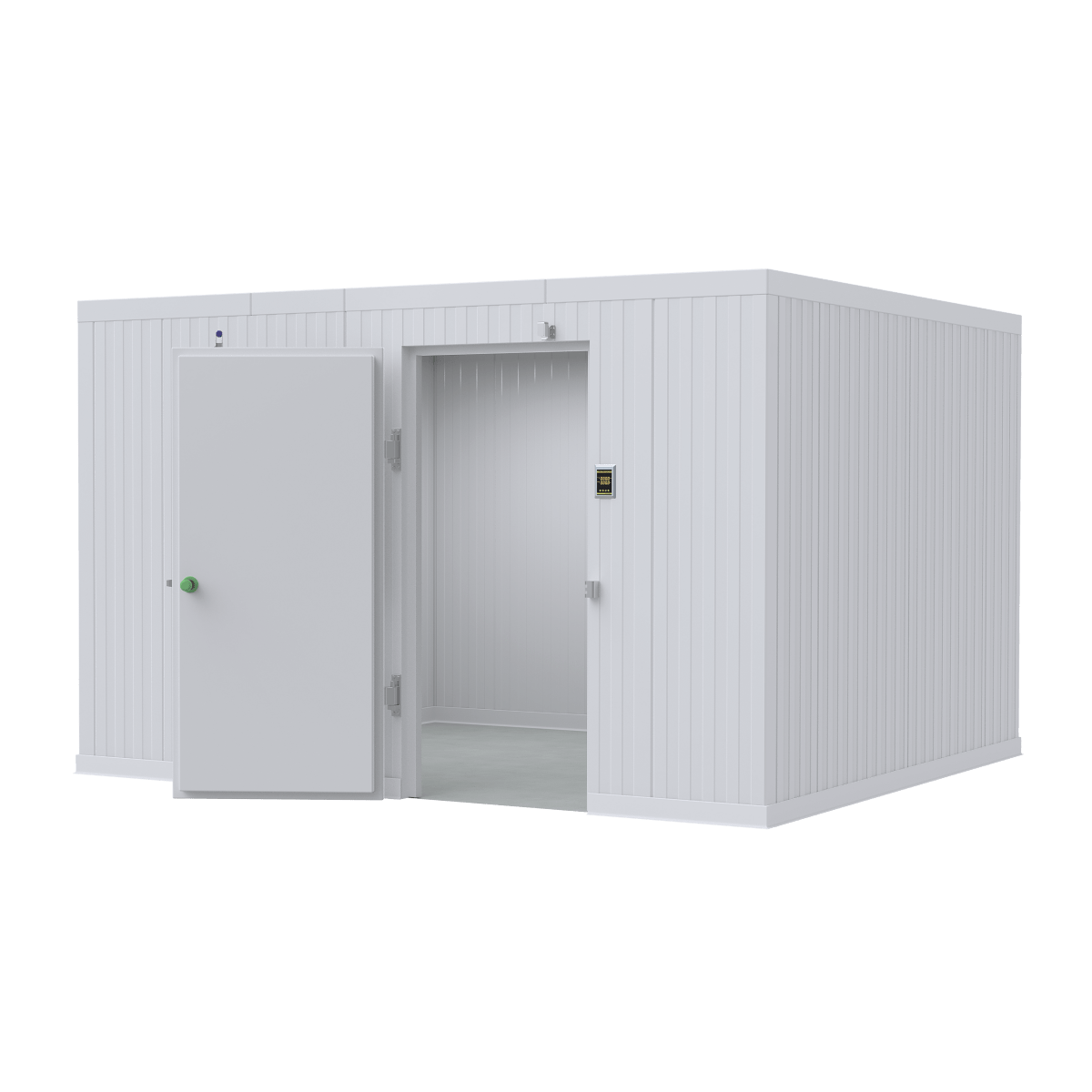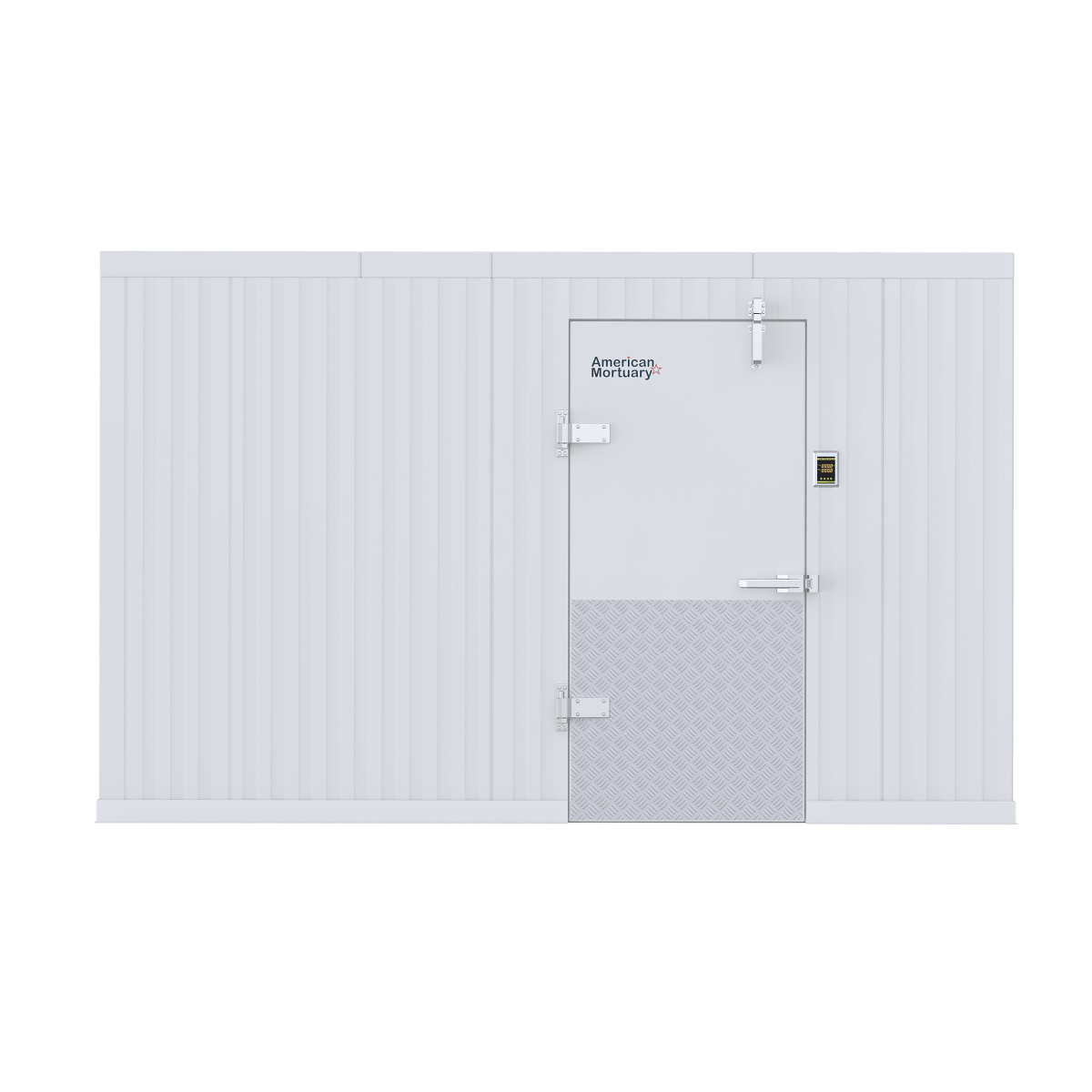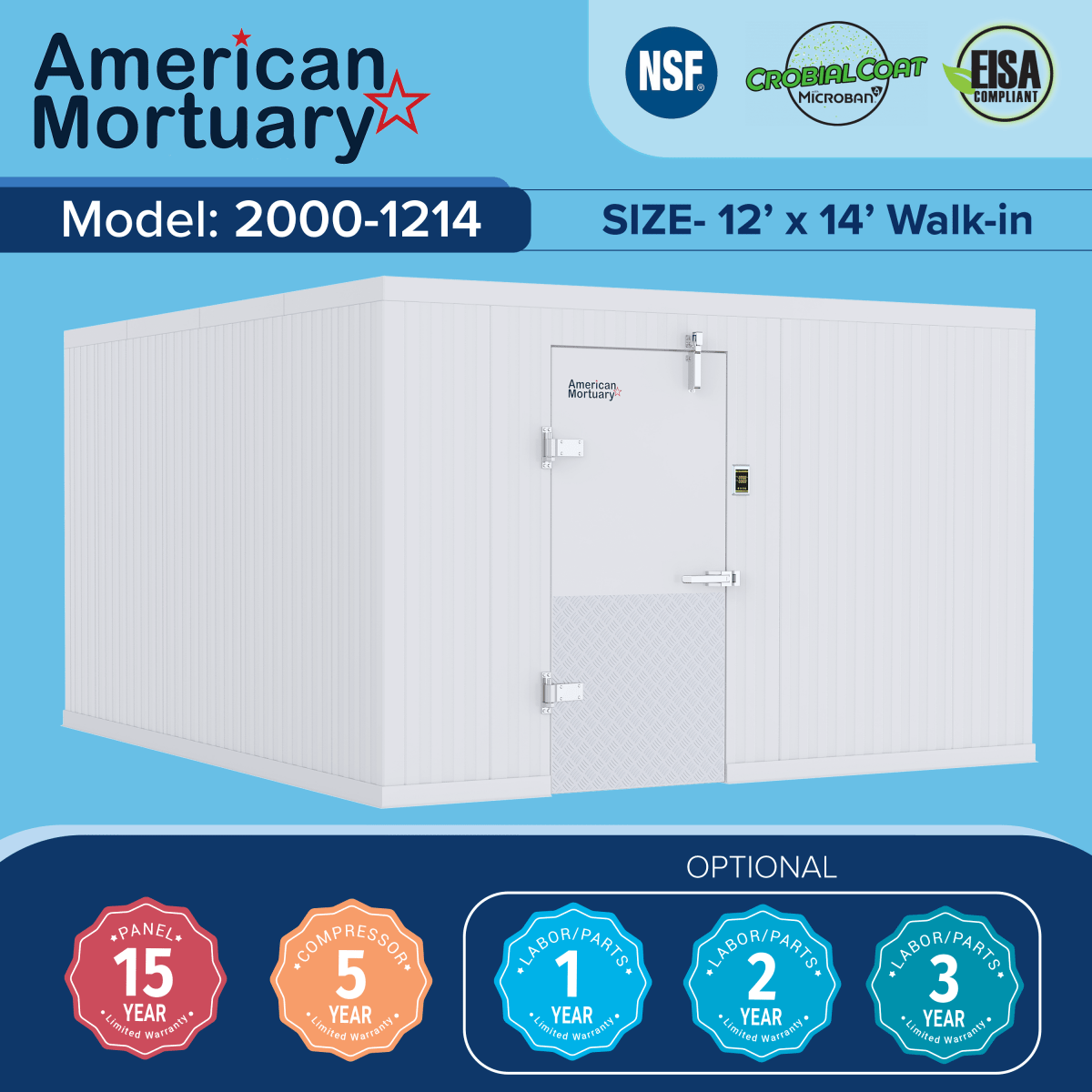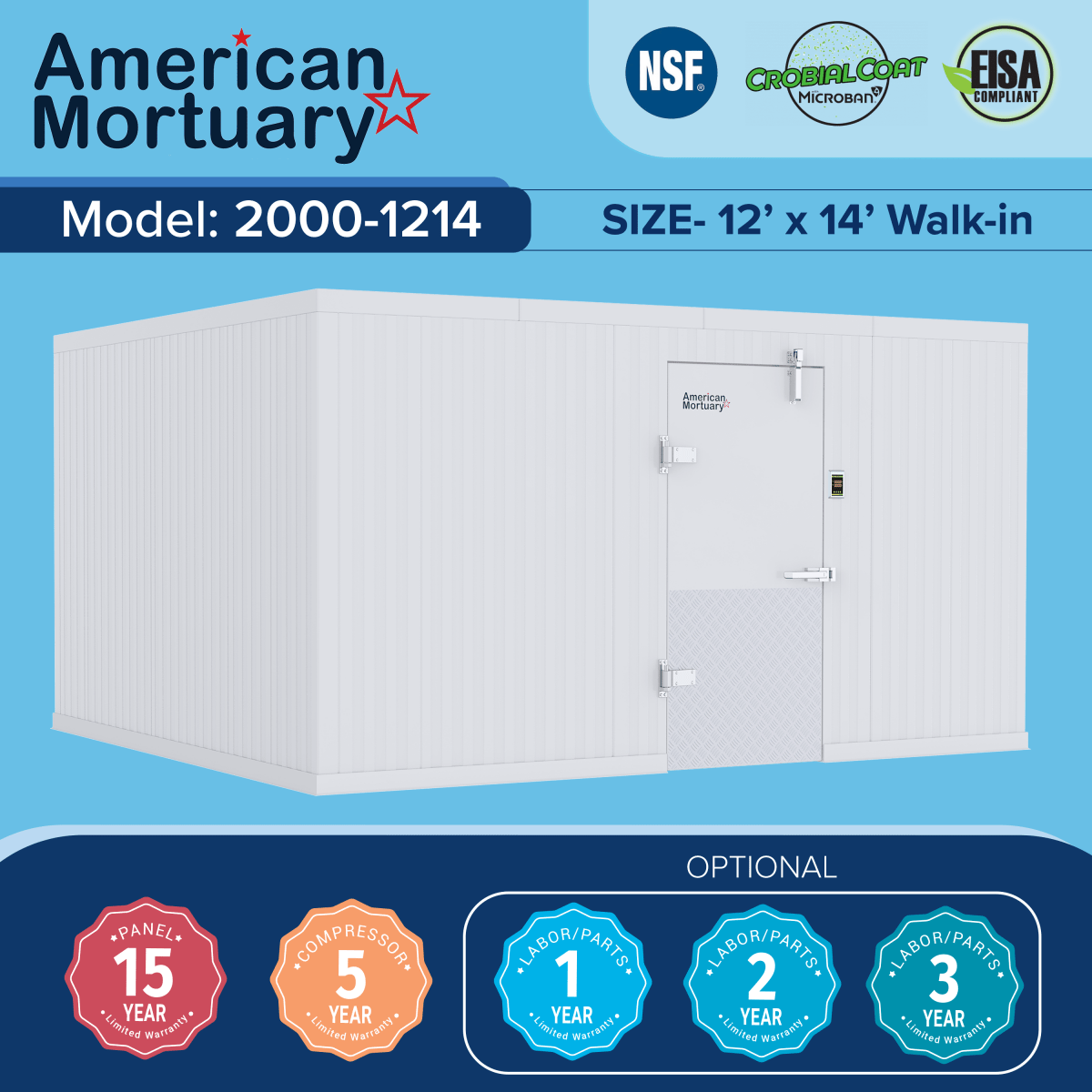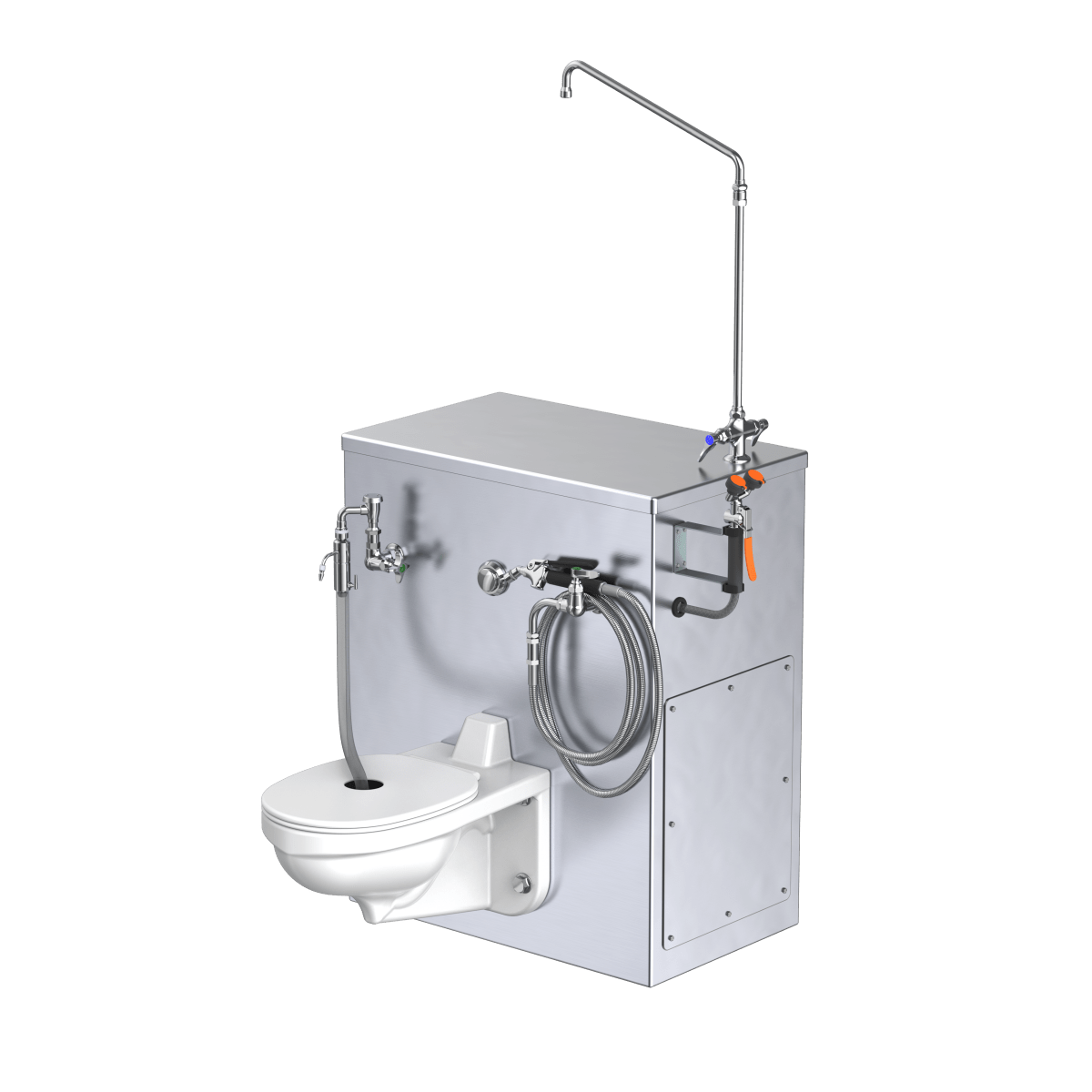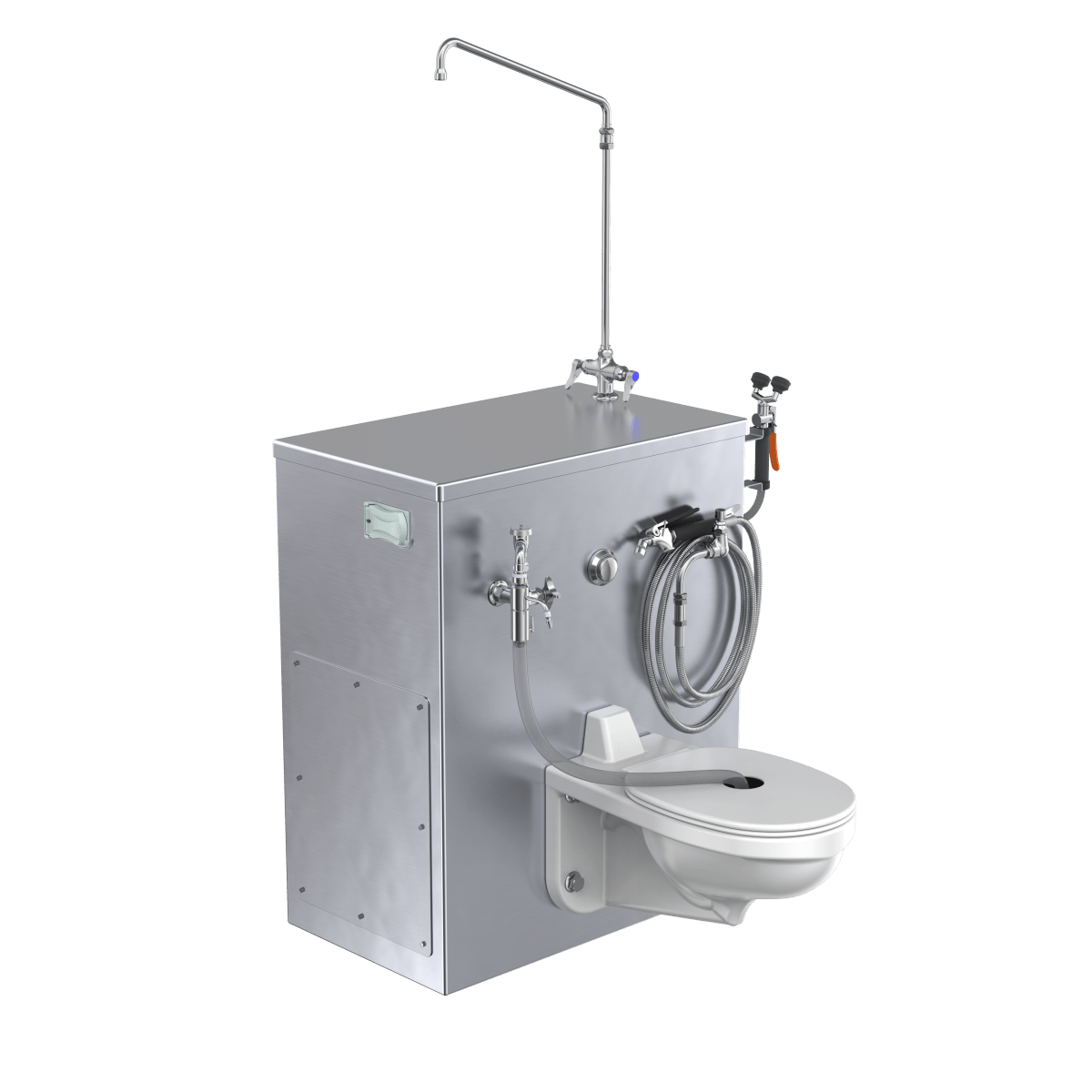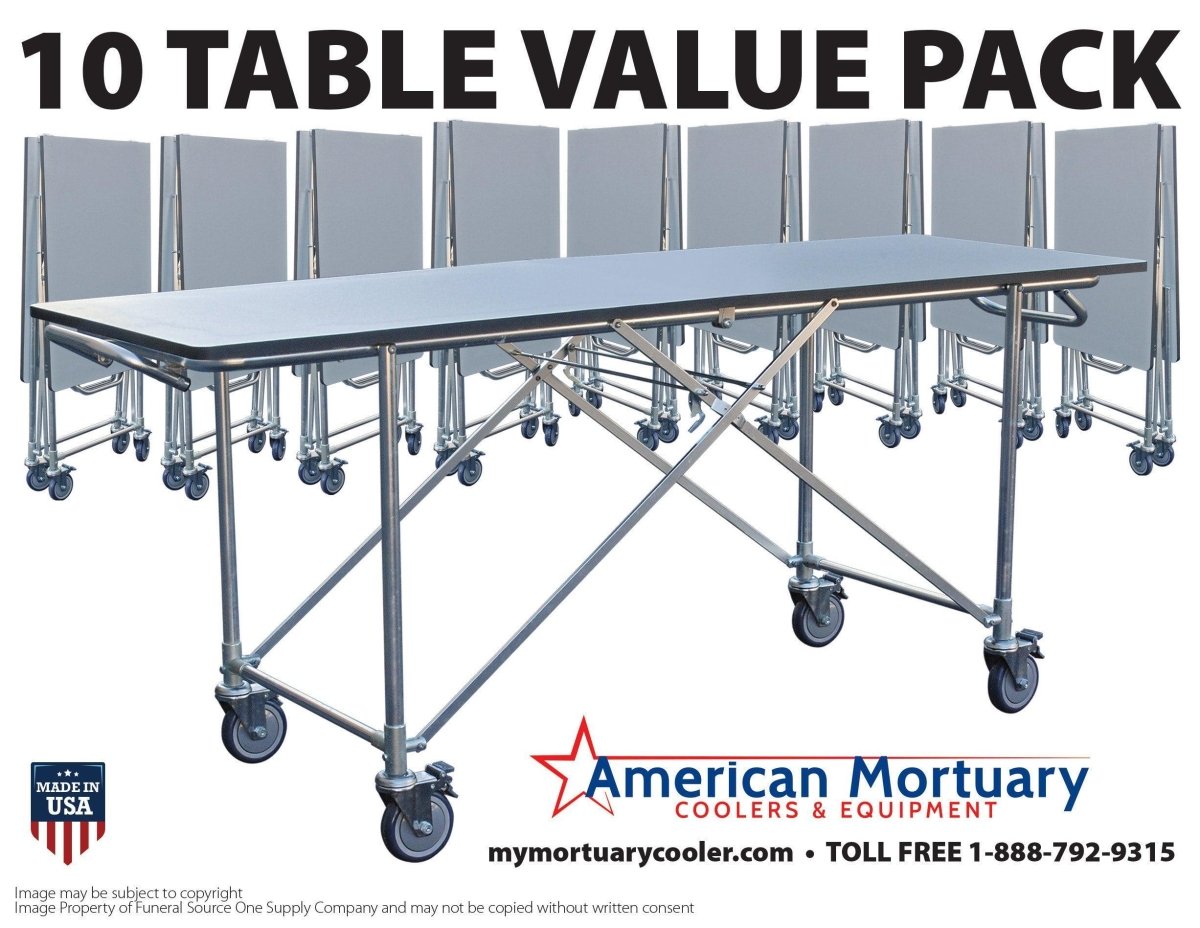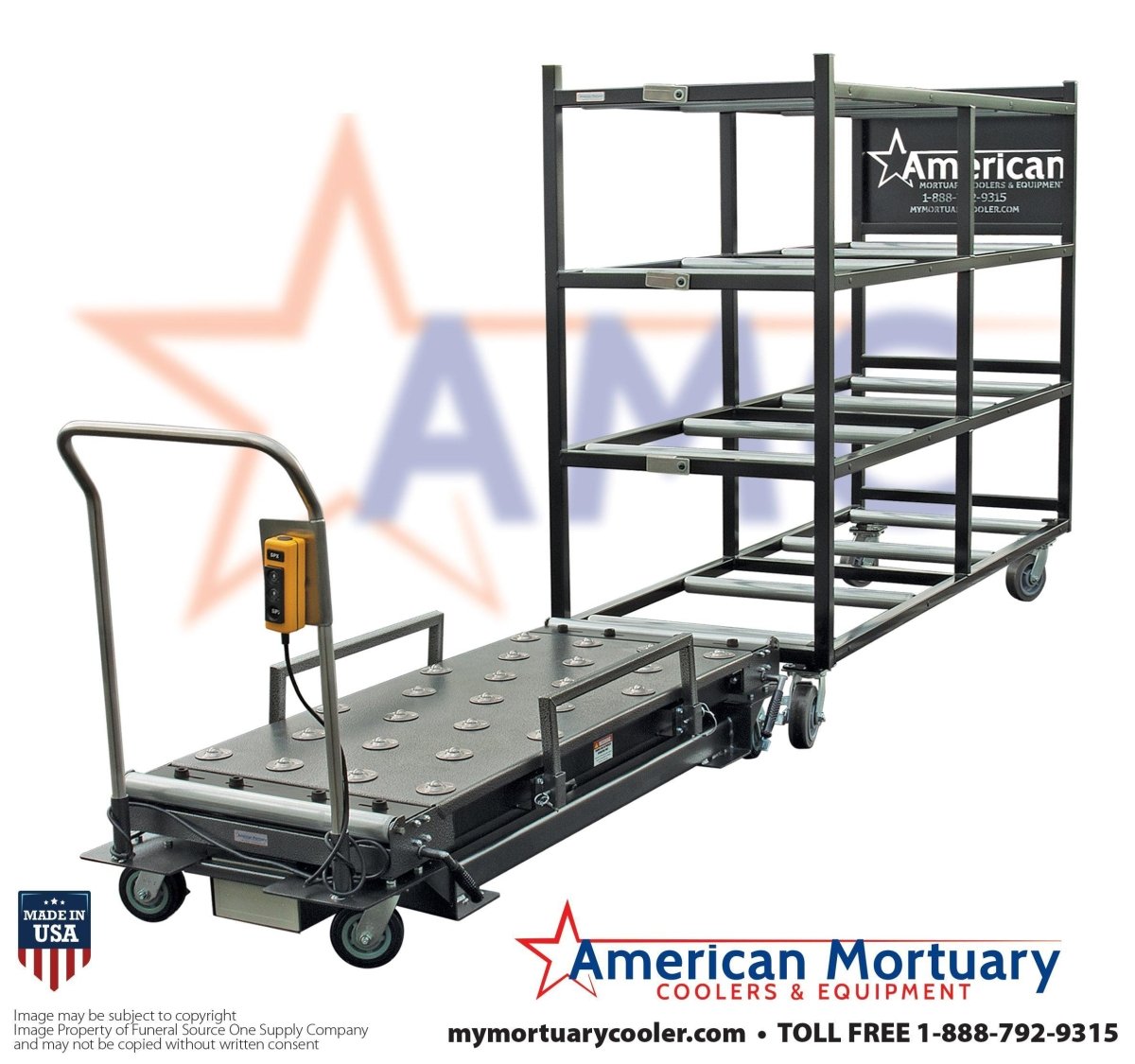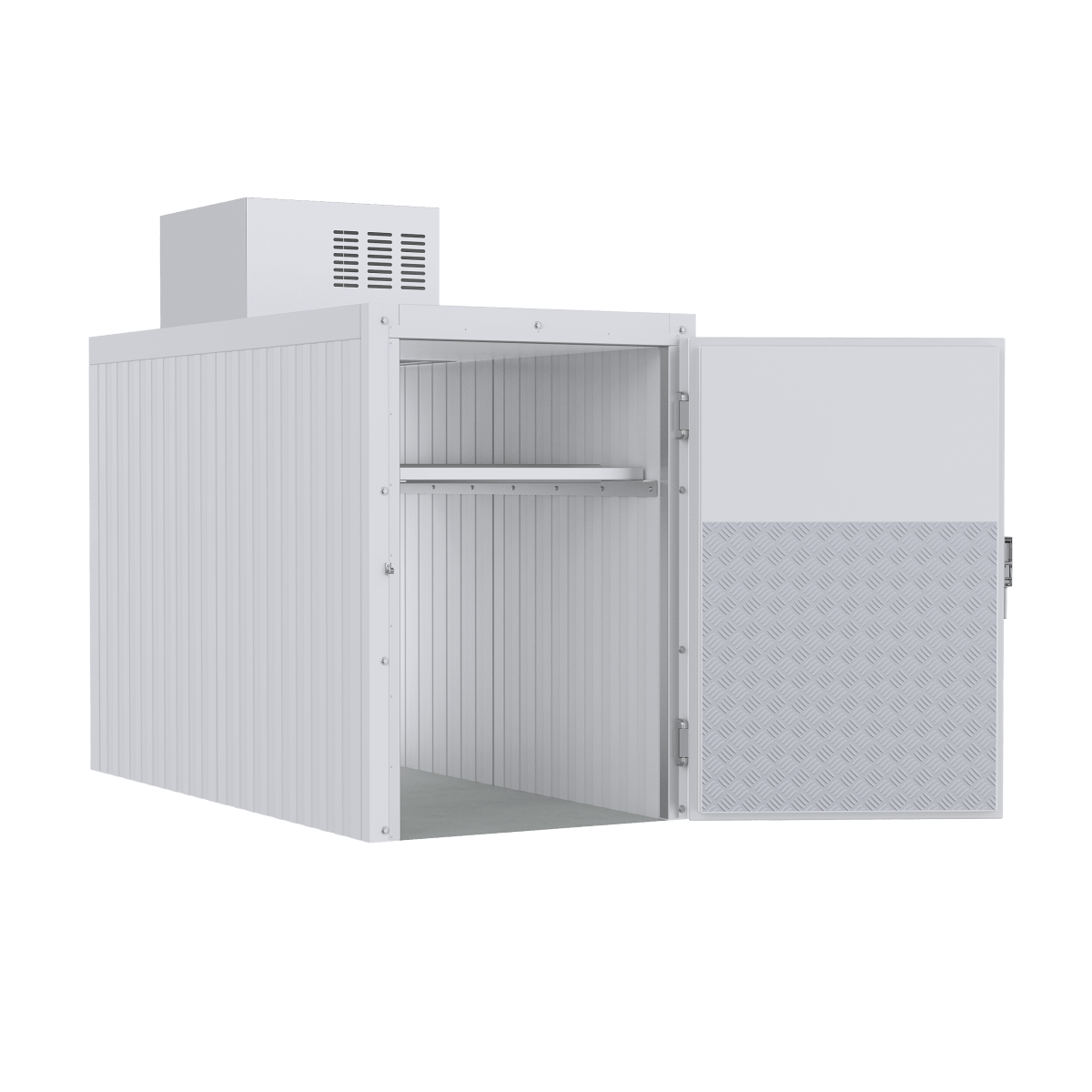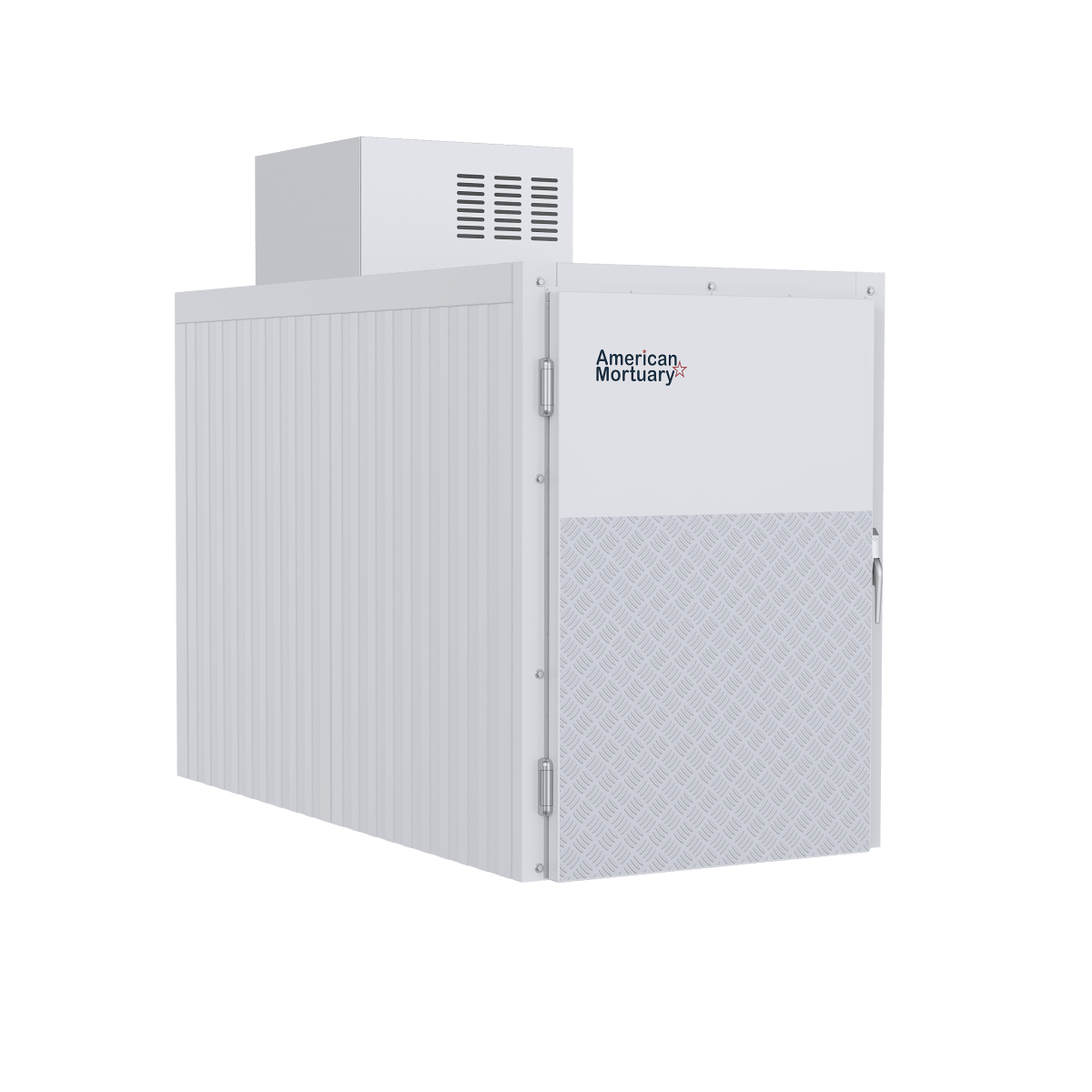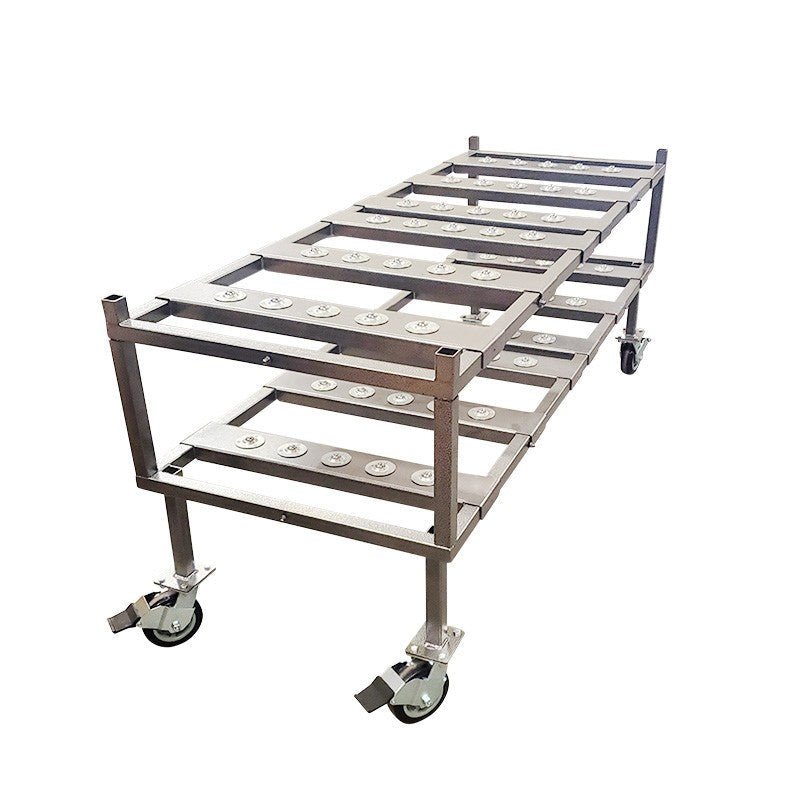Why Lift Cart Tables Are Essential for Modern Material Handling
A lift cart table is a hydraulic-powered mobile platform that raises and lowers heavy loads using a foot pedal or electric controls, eliminating the need for manual lifting and reducing workplace injuries.
Key Features of Lift Cart Tables:
- Capacity Range: 330 to 1,760 lbs
- Lift Heights: 28 to 59 inches maximum
- Power Options: Manual hydraulic, electric, or air-hydraulic
- Common Types: Single scissor, double scissor, low-profile
- Price Range: $150 to $1,200+
These versatile carts solve a critical problem in warehouses, workshops, and specialized facilities like mortuaries - they provide an ergonomic way to position heavy materials at the right working height. According to our research, popular models like the VEVOR 500-lb capacity cart have been purchased 100+ times monthly, while top-rated units like the APOLLOLIFT 1760-lb model earn 4.6 out of 5 stars from users.
The hydraulic scissor mechanism uses Pascal's law to multiply force, allowing operators to lift hundreds of pounds with minimal effort. Whether you're moving engine blocks in an automotive shop, positioning equipment in a funeral home, or handling materials in a manufacturing facility, these carts reduce back strain and improve productivity.
I'm Mortuary Cooler from American Mortuary Coolers, and I've spent years helping funeral directors select reliable lift cart table solutions that meet their specific operational needs. My experience with mortuary equipment has shown me how the right lifting equipment can transform workplace safety and efficiency.

Lift cart table terms simplified:
What Is a Lift Cart Table & How Does It Work?
Think of a lift cart table as your reliable lifting partner that never gets tired or complains about heavy loads. This ingenious piece of equipment combines the mobility of a cart with the power of hydraulics to make your workday easier and safer.
The magic happens through a surprisingly simple system. At the heart of every lift cart table sits a hydraulic pump that pressurizes oil when you step on the foot pedal. This pressurized fluid flows into a lift cylinder, which extends and pushes up the scissor mechanism - those distinctive X-shaped arms that fold and unfold like an accordion.
The hydraulic oil acts as the muscle of the operation, transferring power from your foot to the lifting platform. A counterbalance valve controls the downward movement, ensuring your load descends smoothly and safely rather than dropping like a rock.
In warehouses, workers use these carts to bring pallets up to loading dock height without breaking their backs. Workshops rely on them to position heavy machinery exactly where it needs to be. Laboratories depend on them to move delicate equipment safely between workstations.
We've seen this in our work with funeral homes across Tennessee and beyond. Directors tell us these carts are game-changers for positioning caskets and equipment at comfortable working heights.

Hydraulic Science Behind a Lift Cart Table
The science behind your lift cart table comes down to Pascal's law, which states that when you apply pressure to a confined fluid, that pressure spreads equally in all directions. In your lift cart, this means the pressure you create by stepping on the foot pedal gets multiplied through pressure-transfer.
When you press down with 50 pounds of force on that foot pedal, the hydraulic system can multiply it into 500 pounds of lifting power. That's like having the strength of ten people working together, all from one step of your foot.
Manual pumps require your foot power to make this happen, which works great for occasional lifting tasks. Electric pumps take over this job automatically, using a motor to pressurize the hydraulic fluid. This makes them perfect when you're doing lots of lifting throughout the day or need your hands free for other tasks.
Industries That Rely on Lift Cart Tables
Manufacturing facilities use these versatile carts to move components between stations at exactly the right height, reducing worker fatigue and increasing productivity.
Retail operations, especially large warehouses and distribution centers, depend on lift cart tables for smooth inventory flow. Whether you're unloading delivery trucks or stocking high shelves, these carts make the job manageable.
Automotive shops have acceptd these carts for engine work and heavy parts handling. Instead of wrestling with transmission components at floor level, mechanics can position everything at a comfortable working height.
The mortuary industry, which we know intimately through our work across Tennessee, Georgia, Illinois, and beyond, relies heavily on lift cart tables for dignified service. Funeral directors appreciate the smooth, quiet operation that respects the solemn nature of their work while protecting their staff from injury.
Food service operations use specialized stainless steel models that meet strict hygiene standards, while healthcare facilities trust these carts with expensive medical equipment during transport between departments.
Types of Lift Cart Tables & Key Specifications
When you're shopping for a lift cart table, understanding the different types can save you from buyer's remorse. I've seen too many customers choose the wrong style and end up frustrated with their purchase.
The main categories break down pretty simply. Manual single scissor units handle 330-1,100 lbs and reach 28-35 inches high using foot pump power. They're perfect for lighter work and occasional use. Manual double scissor models sacrifice some capacity (330-770 lbs) but stretch up to 48-51 inches high - great when you need that extra reach.
Electric single scissor carts are the workhorses, handling 500-1,760 lbs while reaching 35-59 inches high with 12V battery power. If you're lifting heavy loads all day, these will save your back. Air-hydraulic models split the difference at 500-1,000 lbs capacity and work great in shop environments where compressed air is already available.
Low-profile designs excel at floor-level loading, staying compact while still handling 500-1,000 lbs up to 28-40 inches high.
Platform sizes matter more than most people realize. Compact models start around 17" x 27", while heavy-duty units stretch to 36" x 24". Bigger platforms spread weight better and feel more stable, but they won't squeeze through narrow doorways.
The wheels make a huge difference in daily use. Polyurethane casters glide smoothly on warehouse floors without leaving marks. Pneumatic tires handle rough surfaces better and absorb bumps. Most quality units give you two swivel casters with brakes and two fixed casters for the best control.
Brake systems range from basic foot locks on the swivel wheels to systems that lock all four wheels at once. For critical work like mortuary applications, reliable brakes aren't optional - they're essential for safety.
Single vs Double Scissor Lift Cart Table Options
The scissor mechanism choice affects everything about how your lift cart table performs. Single scissor designs use one set of crossed supports, creating a rock-solid platform that handles heavier loads.
Single scissor units typically carry more weight - up to 1,760 lbs in heavy-duty models - because the load transfers through one strong scissor assembly. They stay stable when fully extended, which matters when you're doing precision work or need loads to sit still for long periods.
Double scissor mechanisms stack two scissor sets on top of each other. You sacrifice some capacity (usually 330-770 lbs max) but gain impressive height - 48-51 inches in some cases. That's nearly double what single scissor units can reach.
Stroke length tells the real story. Single scissor designs lift 15-25 inches from bottom to top position. Double scissor models provide 35-40 inches of travel, perfect for lifting items from floor level to high workbenches.
Cycle time varies too. Single scissor units lift and lower faster because they move less hydraulic fluid. Double scissor models take longer for full cycles but give you that height advantage when you need it.
Choosing Between Manual, Electric & Battery Designs
Manual lift cart tables dominate sales for good reasons. They work anywhere without power, cost less upfront, and rarely break down. The foot pump gives you precise control over lifting speed, and there's no battery to babysit or electrical parts to fail.
But manual operation takes muscle. With a 1,000-lb load, you'll need about 112 lbs of foot pressure. Drop to a 500-lb load and you're down to 79 lbs of pedal force. Manageable for most people, but your legs will feel it after a full day.
Electric models eliminate the workout and lift consistently regardless of load weight. Most run on 12V or 24V rechargeable batteries, giving you 8-12 hours of operation per charge. The trade-offs are higher upfront cost, eventual battery replacement, and potential electrical gremlins.
Battery-powered designs shine in high-use situations where operators lift frequently all day. They're also perfect when you need hands-free operation or when repeatedly lifting maximum-weight loads.
For detailed comparisons of electric options, check out this More info about electric lift options.
Air-hydraulic systems offer a middle path, using shop air pressure to power hydraulic pumps. They provide effortless operation when you have compressed air available, but they need 9 CFM at 90 PSI to work properly.
Safe Operation, Standards & Maintenance Essentials
When it comes to lift cart table safety, you can't afford to cut corners. OSHA 1910 regulations cover the basics of material handling safety, while ANSI MH29.1 gets specific about scissor lift tables. This standard requires clear capacity markings, stability testing, and proper safety devices on every unit.
Modern lift cart tables come equipped with several built-in safety features. The safety skirting around the scissor mechanism prevents fingers and clothing from getting caught in pinch points. Overload bypass valves automatically prevent lifting beyond the rated capacity, protecting both you and the equipment. Lock bars secure the platform at specific heights, so you don't have to worry about unexpected lowering while working.
Don't forget about wheel chocks or brake systems either. These prevent the cart from rolling away while you're loading or unloading. Quality units include reliable, easy-to-operate brakes that lock securely.
Even with all these safety features, personal protective equipment remains essential. Steel-toed shoes protect your feet from dropped items, work gloves give you better grip when handling loads, and safety glasses shield your eyes from hydraulic fluid splashes or flying debris.
Your daily routine should include a quick safety inspection. Check the hydraulic fluid levels, test the brake operation, examine the casters for damage or debris, and make sure all safety devices work properly. If you notice hydraulic leaks, unusual noises, or erratic operation, stop using the cart immediately and investigate.
Hydraulic fluid changes keep your system running smoothly. For moderate use, change the fluid annually. Heavy-duty applications need fresh fluid every six months. Most lift cart tables use #32 abrasion-resistant hydraulic oil.
When seals start leaking or lifting performance drops, it's time for seal replacement. Complete seal kits are available for most models, though you'll need some mechanical skills and proper tools for installation.
Bleeding air from the hydraulic system maintains peak performance. Air bubbles cause that spongy pedal feel and reduce lifting capacity. The process involves cycling the lift mechanism while keeping the reservoir topped off, allowing trapped air to escape naturally.
Step-by-Step Safe Use of a Lift Cart Table
Before loading your lift cart table, take a moment for stability checks. Make sure the unit sits level on firm ground. A quick inspection of the platform for damage, debris, or oil contamination can prevent accidents later.
Load centering might seem obvious, but it's where many accidents happen. Position items so their center of gravity falls within the platform boundaries - ideally centered both ways. An off-center load can cause dangerous tipping or platform instability during lifting.
When operating the foot pedal, think smooth and steady rather than quick jabs. Rapid pumping creates jerky lifting motion that can shift loads or stress hydraulic components. Apply steady pressure until you reach the desired height, then check that your load stayed stable before moving on.
Pinch point awareness protects your hands and fingers from serious injury. The scissor mechanism can crush with tremendous force, so keep your hands clear of all moving parts during operation. Never reach under the platform while it's raised.
Lowering requires the same care as lifting. Operate the release valve gradually to maintain control. Quick drops can damage both the cart and your load, plus create safety hazards if items shift or fall during rapid descent.
Preventive Maintenance Checklist
Regular lubrication keeps your lift cart table operating smoothly and prevents expensive repairs. Grease all pivot points in the scissor mechanism monthly using high-quality lithium grease. This simple step prevents wear and keeps everything moving freely.
Caster maintenance deserves attention every three months. Remove any hair, string, or debris wrapped around the swivel bearings. Then apply light machine oil to the bearing races to prevent binding and ensure smooth steering.
Hose inspection should happen weekly if you use your cart heavily. Look for abrasion, cracking, or bulging that signals impending failure. Hydraulic hoses under pressure can cause serious injury when they fail, so replace any questionable hoses immediately.
Storage practices can dramatically extend your cart's life. Keep the platform lowered when not in use to reduce stress on seals and hydraulic components. Store in a clean, dry environment whenever possible to prevent corrosion.
Clean the platform regularly to prevent buildup of materials that could affect load stability. Use appropriate solvents for oil or grease contamination, and make sure the surface provides adequate friction for your typical loads.

Best Brands, Models & Price Ranges in 2024
When you shop for a lift cart table today, a handful of brands rise to the top.
VEVOR leads the budget category. Its 500-lb manual cart runs about $300 and has proven reliable in several funeral homes we service.
APOLLOLIFT targets heavy-duty users. The 1,760-lb double-scissor model costs roughly $850 and averages 4.6/5 stars for smooth, quiet operation.
Vestil Manufacturing offers the broadest catalog ($400-1,200). Their stainless-steel versions dominate food-service and healthcare environments where sanitation is critical.
Roughneck air-hydraulic carts ($600-700) work well in shops that already have compressed air.
Haul-Master by Harbor Freight fills light-duty needs at $150, but expect minimal features and a short warranty.
Price tiers are clear:
- $150-300: basic manual, 330-500 lb capacity, occasional use
- $300-600: stronger frames, up to 1,100 lb, daily use
- $600-1,200: premium steel, electric power, ANSI certification, 1,760 lb+
Most premium units include 2- or 3-year warranties; entry models often top out at one year.
Real-World Feedback
Users agree capacities are honest, but note that working near the limit increases pedal effort and long-term seal wear. Caster quality makes the biggest day-to-day difference: polyurethane wheels roll quietly and protect floors, while hard plastic sticks and scuffs.
Paint durability and hydraulic leaks are the two most common long-term complaints on bargain units. Powder-coated or stainless frames—though pricier—virtually eliminate those issues.
Cost Drivers to Watch
- Steel gauge: thicker steel equals higher cost and longer life.
- Pump quality: machined pumps outlast cast versions.
- Lift stroke: more height demands larger cylinders and fluid.
- Certification: meeting ANSI/OSHA testing adds expense but reduces liability.
- Freight: a 250-lb cart can add $100-200 in shipping, so local pickup may save money.

How to Choose the Right Lift Cart Table for Your Workplace
Start by walking your facility. Note where loads originate, where they must go, and the heights involved. This quick audit pinpoints the capacity, platform size, and lift height you really need.
A 500-lb casket and a 500-lb engine block impose very different demands. List your common loads with weight, dimensions, and balance. Match the list against spec sheets—capacity alone doesn’t guarantee stability.
Measure your narrowest doorway and aisle. Make sure the cart’s overall width (handle included) plus any load overhang still clears those spaces.
Floor condition guides wheel choice: polyurethane casters for smooth concrete, pneumatic tires for rough or mixed surfaces. If you cross thresholds, larger wheels ride more smoothly.
Planning ahead saves money. Many manufacturers sell add-ons such as roller tops, turntables, or securing clamps. Buying a cart that accepts accessories lets you adapt instead of replace later.
For deeper comparisons of battery systems, see The Ultimate Guide to Comparing Battery Powered Lift Tables.
Lift Cart Table Buying Checklist
- Heaviest and most frequent load (include dimensions)
- Minimum and maximum working heights
- Platform size required for stable support
- Overall cart width vs. tightest aisle/door
- Caster type and brake style suitable for your floor
- Warranty length and parts availability
- Compliance with ANSI MH29.1 or OSHA 1910
Frequently Asked Questions about Lift Cart Tables
What hydraulic fluid should I use?
Most units take #32 hydraulic oil. Check the manual for quantity and brand recommendations.How often do I bleed the system?
Light duty: yearly. Heavy duty: quarterly, or anytime the pedal feels spongy.Can I retrofit an electric pump?
Conversions are rarely cost-effective and can void warranties. If you need powered lifting, purchase an electric model up-front.
Conclusion
Finding the perfect lift cart table isn't just about moving heavy things around - it's about creating a safer, more efficient workplace where your team can focus on what matters most. Whether you're carefully positioning equipment in a funeral home or hauling parts across a busy warehouse, the right lifting solution makes all the difference.
After diving deep into specifications, brands, and real-world performance, one thing stands out: quality matters. Those VEVOR, APOLLOLIFT, and Vestil models earning 4.6-star ratings aren't accidents - they're built right and they last. You can save a few bucks on a budget model, but when you're dealing with heavy loads day after day, that extra investment in steel gauge, pump quality, and proper certification pays for itself quickly.
At American Mortuary Coolers, we've seen how the right equipment transforms funeral service operations. From our home base in Tennessee to facilities across Georgia, Illinois, and throughout our service area, we've watched funeral directors find that a reliable lift cart table isn't just about convenience - it's about maintaining dignity and professionalism while protecting their staff from injury.
The beauty of today's market is that there's truly something for everyone. Need basic lifting for light-duty work? Those $150-300 manual models handle it beautifully. Running a high-volume operation where you're lifting constantly? Those electric units in the $600-1,200 range will transform your workflow and eliminate operator fatigue.
Maintenance really isn't complicated - a little hydraulic fluid, some grease on the pivot points, and regular safety checks keep these workhorses running for years. Most of our clients are amazed at how reliable these units are when you treat them right.
For funeral professionals specifically, I'd encourage exploring More info about mortuary lift system choices where we dive into solutions designed specifically for your unique needs. The requirements in mortuary work - smooth operation, reliable performance, appropriate capacity - demand equipment that understands the gravity of your service.
Your next step is simple: grab that buying checklist we provided, measure your space, figure out your typical loads, and match those needs to a quality model from a reputable manufacturer. Don't overthink it - the right lift cart table will make itself obvious once you know what you need.
This isn't just an equipment purchase - it's an investment in your team's safety, your operational efficiency, and ultimately, your ability to serve your community with the professionalism they deserve.


